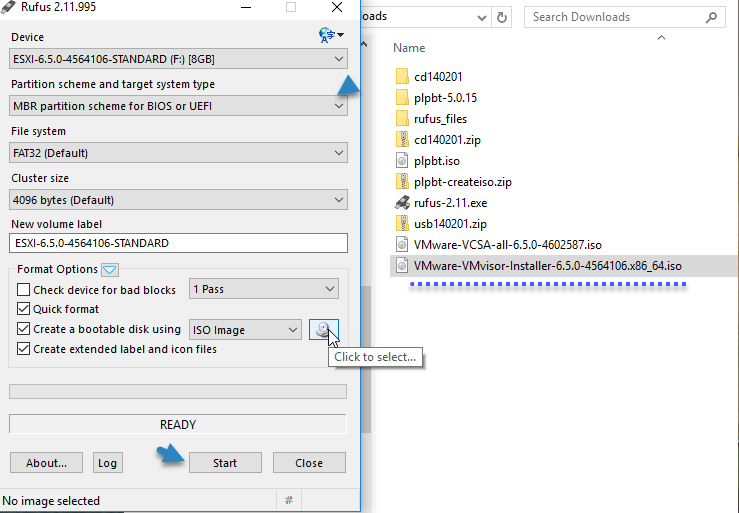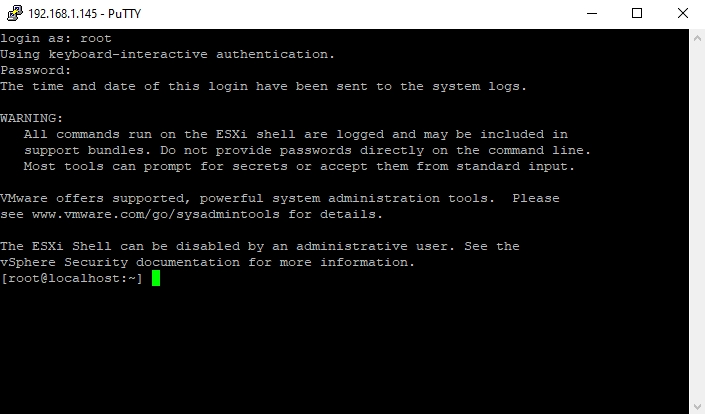
Vmware Esxi 6.7 Via Usb Download VMware ESXi
Redirect log filesDownload VMware ESXi ISO image from VMware. With this said, there are a few things you should do as soon as ESXi is deployed. Once installed, it’s easy to start building Virtual Machines and installing your applications. To create the USB installer you need the following: A USB stick with at least 4 GB capacityVMware’s ESXi Hypervisor (or vSphere Hypervisor) is commonly deployed in production and home-labs. The use of the USB drive makes the installation process faster compared to the classic CD-ROM drive. Today not all servers are equipped with a CD-ROM drive and the installation of VMware ESXi 6.5 can be easily performed using a USB stick.


Vmware Esxi 6.7 Via Usb Upgrade To ESXi
Fortunately, there are various vendors that offer community versions of their backup software for free. Anything that requires cryptography will also likely be time-sensitive, including authentication.For this reason, it’s incredibly important to configure NTP in your environment.For your ESXi hosts, NTP configuration can be set via PowerCLI, Host Profiles or via the vSphere UI to name a few options.In the vSphere HTML5 interface you can configure NTP for an ESXi host as follows: ( KB here)This might seem obvious but I’m amazed by how many environments I’ve seen that don’t have backups configured correctly.Even if you are running a lab, consider all the time you have invested setting up your Virtual Machines. The details and level of support for an upgrade to ESXi 6.7 depend on the host to be upgraded and the upgrade method that you use.To set a persistent location for your logs, there numerous ways as pointed out in this KBFor completeness, here is the advanced setting on the host that you would need to modify:This field requires a location such as a datastore path: /vmfs/volumes/DatastoreUUID/.locker-ESXHostnameDon’t forget to place the host into maintenance mode and reboot for the changes to take effect Configure NTPTime synchronization for your Virtual Machines and Hosts is essential for your logs. This is obviously a problem after a PSOD event because you have less information for VMware to complete a Root Cause Analysis (RCA)VMware provides several ways to upgrade ESXi version 6.0.x and version 6.5.x hosts toESXi 6.7. To clarify 'found', was a lot of searching for the right things and finding helpful posts.The problem with storing logs in memory is that if the host is rebooted, then all log files will be lost. Use VMware Workstation or Player to do the job It works and it allows to actually pre-configure the system like enter the root password, network settings etc.- to fix this problem, you need to boot via UEFI ( only the back USB ports are apparently visible to UEFI ) - after restoring the boot.cfg for BIOS and EFI, I was able to install esxi 6.7 with the bnxtroce.v00 loaded without an issue.
...


 0 kommentar(er)
0 kommentar(er)
